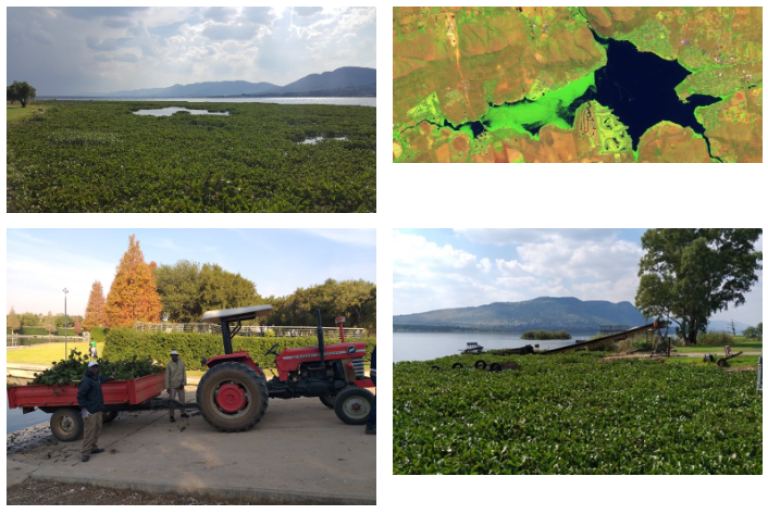Case study site: Hartebeespoort Dam (South Africa)
Eichhornia crassipes in Hartebeespoort Dam (South Africa)
Despite efforts to control, E. crassipes remains South Africa’s most problematic aquatic macrophyte. Hartebeespoort Dam currently is a hotspot of E. crassipes invasion. The plant has been present since the 1970s and was successfully controlled in the 1980s using herbicides.
In 2016, however, herbicidal control was halted, resulting in massive plant growth. A steering committee has been put in place to draw up a control plan, but this excludes the use of herbicides, which to many seems to be the only viable option. The dam is subject to serious anthropogenic pollution, climate change, and hydromorphological alterations. The primary use of the dam is for irrigation, as well as for domestic and industrial use.
The stakeholder in this case study is the Department of Environmental Affairs: Natural Resource Management Programmes.
